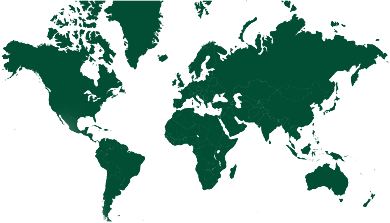Software
2023 • Sustainable Sanitation Alliance (Susana) SFD – Shit Flow Diagram Graphic Generator
The SFD Graphic Generator is an online tool for creating Shit Flow Diagrams (SFDs) to visualize the flow of excreta through sanitation systems in urban areas. SFDs provide a clear, user-friendly graphic representation of how faecal sludge and wastewater are managed, highlighting service delivery gaps and key challenges. Designed for use in reports and advocacy, the tool simplifies the creation process through a three-step workflow: inputting data, configuring sanitation systems, and generating graphics. This tool is essential for urban planners, sanitation stakeholders, and decision-makers to support informed urban sanitation planning and programming.
Recovered Materials & Products
Nutrients
Fertilizer
Compost
Water
Waste Streams
Faecal sludge
Wastewater
Confirmed countries
Germany


What is this tool intended for?
The SFD Graphic Generator is designed to:
Provide a diagnostic overview of sanitation service delivery.
Identify gaps and challenges in faecal sludge and wastewater management.
Act as an advocacy and planning tool to inform and support urban sanitation programming and decision-making.
How does this tool work?
- Step 1: Input Data
Users specify the city, urban area, or region. Select sanitation systems using the SFD selection grid, with options to incorporate additional systems via FAQs and a manual. - Step 2: Configure the SFD Matrix
Input percentages for population served by each system and how much waste is emptied, transported, and treated.
Access a glossary for detailed system definitions and criteria. - Step 3: Generate the SFD Graphic
Click the “Draw SFD graphic” button to create a downloadable graphic for reports and publications.
Save or export data and visualizations for iterative refinement or stakeholder collaboration.
Who might use this tool and with which types of stakeholders?
Primary users: Urban planners, sanitation engineers, NGOs, and policymakers.
Other stakeholders: Local governments, community organizations, advocacy groups, and international development agencies.
What stages of a process can this tool support?
The tool supports stages including:
- Diagnostic assessment of urban sanitation systems.
- Advocacy for sanitation system improvements.
- Pre-planning for integrated sanitation system upgrades.
What skills, capabilities, and resources are required to use this tool?
Basic understanding of urban sanitation systems, internet access. Familiarity with sanitation planning or basic training in interpreting SFDs is recommended.
Where can this tool be used?
The tool is globally applicable for urban and peri-urban settings where sanitation systems require detailed mapping and analysis.
Case examples of where this tool has been used
City-level diagnostics: Several cities in Africa and Asia have used SFDs for sanitation planning and advocacy.
Stakeholder collaboration: NGOs have applied SFDs in workshops to engage policymakers and communities in sanitation system improvements.
Get the Tool
Technologies
Composting
Themes
Assessment
Monitoring, Evaluation and Learning
Capacity building